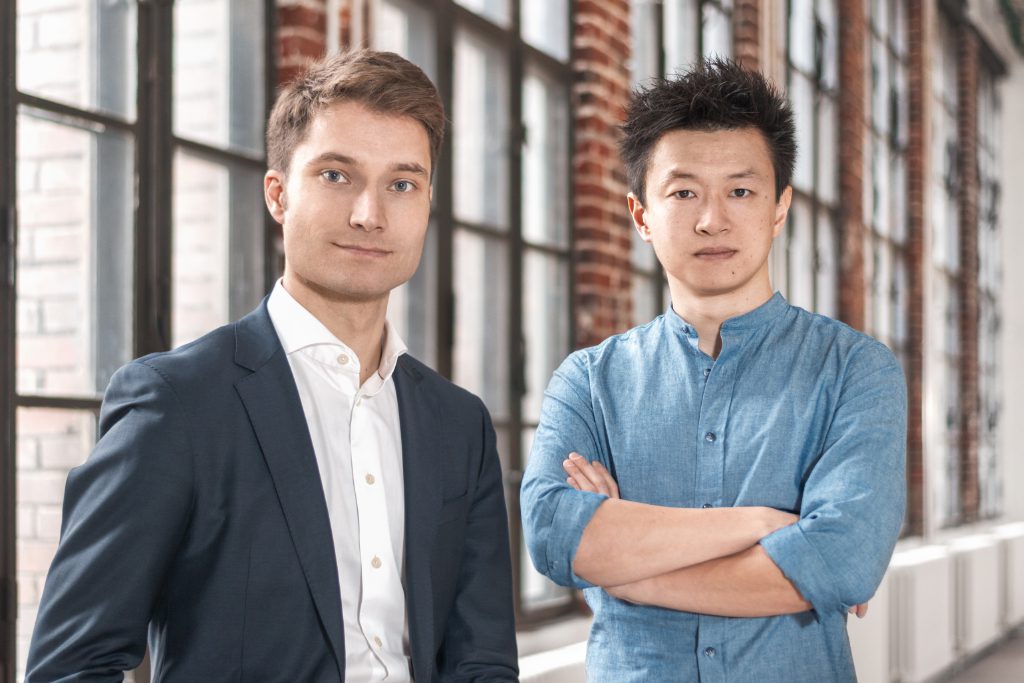GetYourGuide Defies Conventional Wisdom on Tour Booking So Far

Skift Take
GetYourGuide may close an approximately $300 million funding round this year with possible participation by new investors like SoftBank and Temasek. If true, investors would be betting that the attractions booking agency can continue to defy several assumptions about young travel companies.
The tours and activities sector has some conventional wisdom: The brutal cost of acquiring customers will drive margins down. Curated travel listings can't scale. Walking tour operators will reject the soft branding of their offerings. Consumers travel too infrequently to become loyal to one online aggregator of experiences. The online travel giants will eat the lunch of small startups.
But GetYourGuide, a Berlin-based travel startup, has often defied that conventional wisdom. Investors seem to like GetYourGuide's somewhat contrarian path. The startup has raised $175.5 million in funding.
What's more, GetYourGuide may soon close an approximately $300 million funding round, with participation by possible new investors such as Temasek, a Singaporean sovereign wealth fund, according to multiple news reports. The company had no comment. Yet if the news pans out, such an investment would likely place a billion-dollar valuation on the company.
Sales are up. Between June 2018 and March 2019, GetYourGuide sold 10 million tours. It took a prior decade to sell its first 15 million.
Here are some of the pieces of conventional wisdom that GetYourGuide appears to defy.
Belief: Margins Can Only Go Down
Customer acquisition is the critical piece of the puzzle to some experts.
One reason: Attraction vendors have begun to protect their trademarks. Case in point: the Empire State Building now prohibits paid search advertisers bidding on a large range of terms with its name. Museums and other attractions are jumping on board, too. The trend disadvantages unfamiliar brands trying to get a foothold in customer acquisition. Aggregators with strong demand sources, such as direct, will gain an edge.
In a sense, GetYourGuide and its rivals compete at a disadvantage for customer acquisition with the travel conglomerates. Between a third and a half of visitors to Booking.com, Expedia, TripAdvisor, and Airbnb come direct. When customers come for flagship products like lodging, those giants can easily cross-sell tours to them.
GetYourGuide said it's holding its own in customer acquisition. It receives more than 20 million unique visitors monthly, up from 9 million a month two years ago, across all its website and mobile app domains, it said.
However, TripAdvisor, for example, gets 490 million unique visitors across its domains that it can cross-sell to.
GetYourGuide has to pay for most of its traffic, either by

